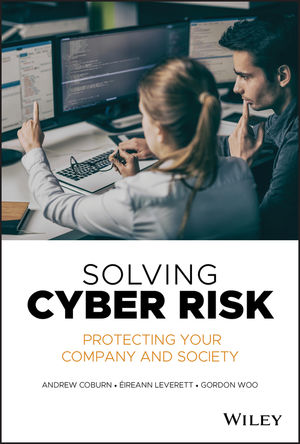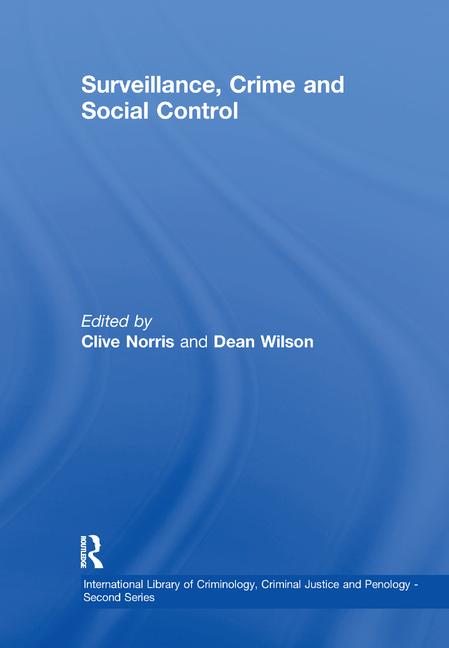Why Access Control and Identification is Healthy for Your Organization

On the heels of the tenth anniversary of 9/11, it is important to reinforce the need to control access into organizations and to properly identify those persons who are seeking access. Controlling access into and within a building or campus not only thwarts a possible terrorist attack, but reduces the opportunity for the commission of a crime or occurrence of a violent act. It also promotes a feeling of security and safety for employees and other persons utilizing the organizational space.
Unfortunately, organizations still cling to the idea that an open campus or facility is a positive approach to business practices and employee satisfaction. Many C-suites still see the idea of controlling access as a “police state” placing an undo burden on employees and visitors. Additionally, they believe that the expense to implement access control is too costly.
A work environment that controls access and identifies outsiders provides peace to employees, thereby delivering spiritual health to the organization. This is self-evident when you look at Maslow’s hierarchy of needs. In Abraham Maslow’s 1943 paper “A Theory of Human Motivation,”Maslow developed levels of psychological needs that focused on the stages of human personal growth. Maslow’s “hierarchy of needs” is based on the idea that all people have specific needs in their lives, and these needs are hierarchical, starting with the most fundamental and necessary needs and progressing to more intellectual needs.
The most fundamental of the four basic needs are called “deficiency needs”— needs that are essential to our personal well being. They are esteem, friendship and love, security and basic physical needs like water, food and shelter. According to Maslow, once physical needs are met, the individual’s safety needs take precedence and dominate behavior. In the absence of physical safety, people will experience stress or trauma. Maslow’s theory is relevant not only in an individual’s personal life, but his professional life. If an employee is not at peace, does not feel safe and secure at his workplace, then he may not reach his full career potential, contribute to the spiritual health of the organization and may even leave the organization to seek out a workplace that can meet his basic hierarchical needs.
How does an access control and identification program assist in the well being of an individual and the spiritual health of an organization? It promotes a culture of safety and security by reducing risks associated with the theft of property or an individual’s ID. It reduces the potential for workplace violence, domestic disputes and abuse from visitors and violence between employees.
An effective access control program assesses visitors utilizing the facility and stores a photo record and identification documents in the event of an emergency or their involvement in criminal activity. It helps in directing visitors who may be wandering around by restricting their access to public areas only and can pre-authorize visitor appointments through a computerized visitor management system.
In addition, an effective access and identification program can audit the access of employees, visitor and vendors, determining how often and when they enter high-risk areas. It can provide behavior modification or behavior enhancement by promoting and educating employees to the appropriate access control and identification culture within the organization.
There is some truth to the idea that restricting access into a facility may present the feeling of Big Brother and be counter productive to an organization. Such a program may even produce its own stress because of long waiting lines for visitor registration, turnstiles that back up because they are not manufactured to take the amount of people entering the facility and more. And there’s the access control door that does not close properly or stays ajar, creating the perception that administration really does not care about the security of its employees. The naysayers who insist that access should be unrestricted because of these concerns may be correct. Although there is an inherit need for every person to feel safe and secure, the poor application of any access control and identification system can contribute to the demise of an individual’s “deficiency needs.” That is why it is so important to ensure the proper installation and maintenance of any access control and identification system.
The design, installation and the implementation of an access control and identification program require long-term planning and assessment prior to purchase and installation. Create a detailed plan that includes not only the design and physical installation of the access and identification system, but an assessment of the access process, the purchase of the technology to be installed and the creation of an interdisciplinary team that determines the program’s road map.
In addition, the access control and identification systems should be continuously maintained. That means that new user should be enrolled immediately and provided access rights right away. When a person leaves the organization, his credentials should be confiscated and his access rights removed that day. Regular inspections of the system should be conducted to certify that access levels are correct and the application is operating to manufacturer’s specifications.
Looking for a reprint of this article?
From high-res PDFs to custom plaques, order your copy today!








